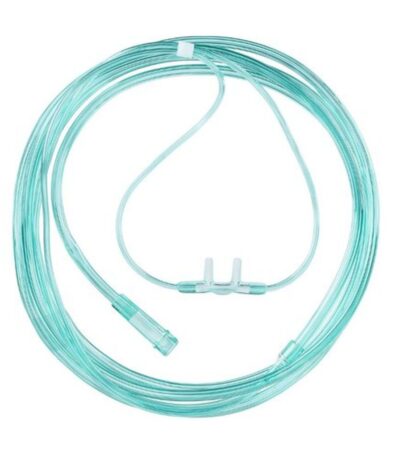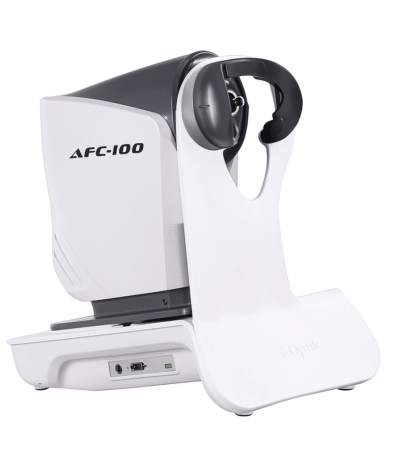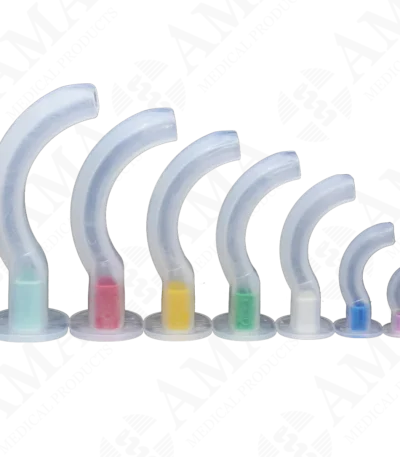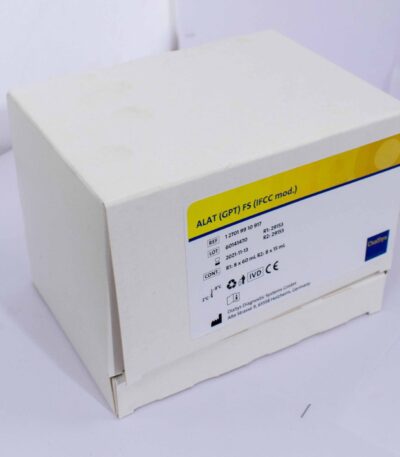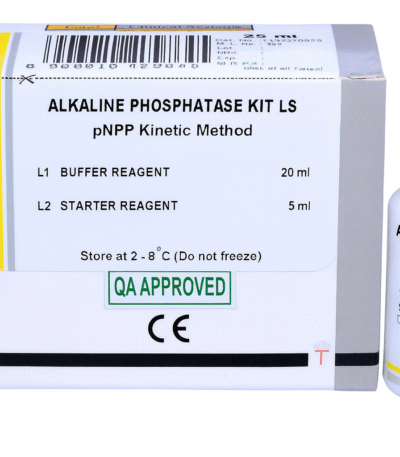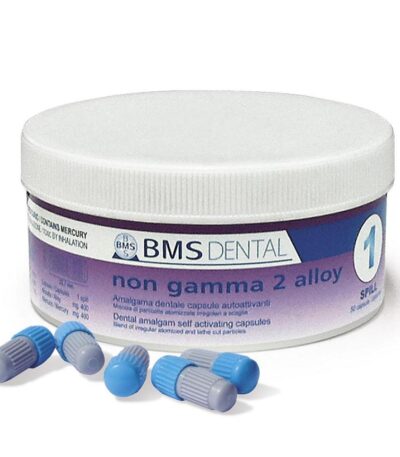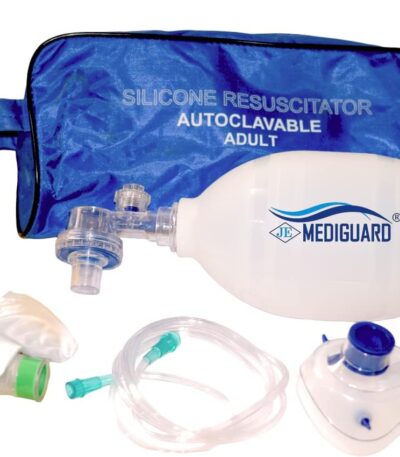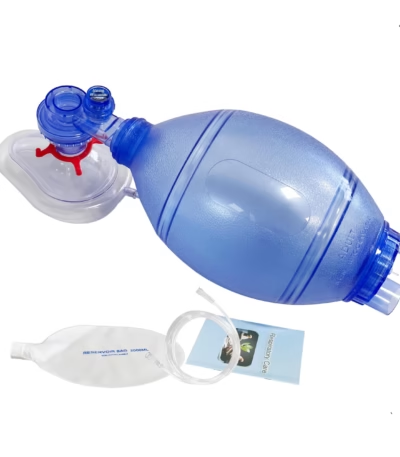Filter by price
Stock status
Showing 37–48 of 569 results
Adult Oxygen Nasal Prong
Key Features
-
Soft dual nasal prongs
Two small curved tips sit inside the nostrils and deliver a steady flow of oxygen without causing significant irritation. -
Flexible, medical-grade tubing
Made of soft PVC designed to rest comfortably over the ears and under the chin, minimizing pressure and skin irritation. -
Kink-resistant design
Often features a star-lumen or ribbed structure that prevents the tube from collapsing, ensuring consistent oxygen flow. -
Universal oxygen connector
The end of the tubing fits standard oxygen outlets on concentrators, cylinders, and wall ports. -
Lightweight and comfortable
Preferred for patients requiring long-term or continuous oxygen therapy because it allows free movement, speaking, and oral intake.
How It Works
Oxygen flows from the supply source through the tubing and exits through the nasal prongs directly into the nostrils. The patient inhales the enriched air naturally with each breath.
Typical Flow Rates
-
Usually used for 1–6 liters per minute
-
Provides 24%–44% oxygen concentration, depending on flow and patient breathing
Common Uses
-
Long-term oxygen therapy for chronic lung disease (e.g., COPD)
-
Mild to moderate respiratory distress
-
Recovery after surgery
-
Home oxygen therapy
-
Emergency and ambulance use
-
Situations where a mask is uncomfortable or unnecessary
Benefits
-
Allows talking, eating, and drinking
-
Less claustrophobic than a mask
-
Minimal obstruction to the face
-
Suitable for extended use
AFC-100 Auto Non-Mydriatic Fundus Camera
No need mydriatic or dark room when taking pictures.
3D auto tracking and auto shooting.
High resolution imaging with a 45° filed of view.
Brightness adjustable supports particular clinical scenario.
7 positions on the retina fundus can be checked.
Airway Guedel – All Sizes
A Guedel Airway, also known as an Oropharyngeal Airway (OPA), is a curved, hollow medical device inserted into a patient’s mouth to keep the upper airway open and prevent the tongue from obstructing airflow. These devices are available in a full range of sizes to accommodate neonates, children, and adults.
ALAT / ALT / GPT Reagents — Clinical Chemistry / Semi-Automated Systems
🔬 1. IFCC Kinetic Method (Standard ALT Method)
Primary Reaction
ALT catalyzes:
L-Alanine + α-Ketoglutarate
→ Pyruvate + L-Glutamate
Indicator (Coupled) Reaction
Pyruvate + NADH + H⁺
→ Lactate + NAD⁺
(catalyzed by LDH)
As ALT activity increases, NADH decreases, and absorbance at 340 nm falls.
Measurement
-
Wavelength: 340 nm
-
Method: Kinetic, ΔA/min
-
Rate proportional to ALT activity (U/L)
Albumin Reagents
🔬 1. BCG Method (Bromocresol Green)
Most widely used in routine chemistry analyzers.
Principle
Albumin binds to BCG dye in an acidic buffer forming a green-colored complex.
-
Absorbance: 600–630 nm (green complex)
-
Type: Endpoint reaction (color intensity ∝ albumin concentration)
Advantages
-
Very robust
-
Strong signal (high sensitivity)
Limitations
-
Mild positive bias in some conditions (e.g., high globulins)
🧪 2. BCP Method (Bromocresol Purple)
A more specific albumin method.
Principle
Albumin binds selectively to BCP dye in acidic buffer forming a purple complex.
-
Absorbance: 540–550 nm
-
Type: Endpoint
Advantages
-
Higher specificity than BCG
-
Less interference from globulins or acute phase proteins
Limitations
-
Slightly lower color intensity
-
More common in premium reagent lines
Alkaline Phosphatase (ALP / ALKP) Reagents
🔬 1. IFCC Kinetic ALP Method (Standard)
Principle
ALP + p-Nitrophenyl phosphate (pNPP)
→ p-Nitrophenol (yellow) + Phosphate
-
Absorbance increases as p-nitrophenol is formed.
-
The rate of increase (ΔA/min) at 405 nm is proportional to ALP activity.
Measurement
-
Wavelength: 405 nm
-
Mode: Kinetic (multiple interval readings)
-
Temperature: 37°C (IFCC standard)
🧪 2. Reagent Composition (Typical)
Most ALP kits use single-reagent or two-reagent formats.
R1 (Main Buffer Reagent)
-
Diethanolamine (DEA) buffer (high pH ~10.3)
-
Magnesium ions (Mg²⁺) — ALP cofactor
-
Zinc ions (Zn²⁺) — enzyme stabilizer
-
Surfactants
-
Preservatives
R2 (Substrate Reagent)
-
p-Nitrophenyl phosphate (pNPP)
-
Stabilizers
-
Preservatives
Amalgam Capsule (F2)
Amalgam Capsules (F2) are pre-dosed, sealed capsules containing a precise ratio of dental amalgam alloy powder and mercury, designed for convenient and consistent mixing. They are used for direct dental restorations, particularly for posterior teeth, offering excellent durability and strength.
Ambu Bag (Adult Resuscitator)
The adult Ambu bag consists of a self-inflating silicone or PVC bag, a one-way valve system, and a face mask. When squeezed by hand, the bag pushes air (or oxygen-enriched air) into the patient’s lungs through the mask or an endotracheal tube. When released, it automatically re-expands, drawing in fresh air for the next ventilation.
Ambu Bag (Paediatric Resuscitator)
The paediatric Ambu bag functions by manually compressing a self-inflating bag that delivers air or oxygen-enriched gas to the patient’s lungs via a mask or endotracheal tube. It is designed with smaller capacity and gentle airflow control to suit the delicate respiratory system of children and infants. The device can be connected to an oxygen source and includes an oxygen reservoir bag for delivering high concentrations of oxygen.
Ambu Bag Adult
mbu bag or generically as a manual resuscitator or resuscitator bag, is a handheld first aid tool used to deliver positive pressure ventilation to any subject who is not breathing or not breathing adequately. When performing CPR with an Ambu bag it is imperative to maintain a good mask seal. An Ambu bag consists of a self-inflating bag, a one-way valve, a mask, and an oxygen reservoir. Ambu bags can also be used to maintain airway patency, for example, in cases of severe asthma attacks or allergic reactions. Oxygen reservoir allows the user to deliver higher concentration of oxygen to the patient.
How to do CPR with an Ambu bag?
- See if there is another way you can get a patient who is not breathing to breathe again. If this cannot be done, proceed with an Ambu bag.
- Make sure the patient’s airway is clear of mucus and not blocked by any foreign bodies or their own tongue.
- Tilt the patient’s head back slightly so that the nose is up. You can place something under their neck or shoulders to keep them in the right position, like a rolled up towel or jumper.
- Ensure that the Ambu bag is sealed and connected properly. The bag should be connected to the oxygen tubing, and the tubing should be connected to the regulator on the tank.
- Place the mask tightly over the patient’s mouth and nose.
- Begin ventilations. Squeeze the Ambu bag hard enough to make the patient’s chest rise just as it would with a normal breath. Squeeze once every 2-3 seconds for a child, every 5-6 seconds for an adult. If the patient’s head is not rising, adjust their position and try again.
Ambu bag Paed
Ambu bag or generically as a manual resuscitator or resuscitator bag, is a handheld first aid tool used to deliver positive pressure ventilation to any subject who is not breathing or not breathing adequately. When performing CPR with an Ambu bag it is imperative to maintain a good mask seal. An Ambu bag consists of a self-inflating bag, a one-way valve, a mask, and an oxygen reservoir. Ambu bags can also be used to maintain airway patency, for example, in cases of severe asthma attacks or allergic reactions. Oxygen reservoir allows the user to deliver higher concentration of oxygen to the patient.
How to do CPR with an Ambu bag?
- See if there is another way you can get a patient who is not breathing to breathe again. If this cannot be done, proceed with an Ambu bag.
- Make sure the patient’s airway is clear of mucus and not blocked by any foreign bodies or their own tongue.
- Tilt the patient’s head back slightly so that the nose is up. You can place something under their neck or shoulders to keep them in the right position, like a rolled up towel or jumper.
- Ensure that the Ambu bag is sealed and connected properly. The bag should be connected to the oxygen tubing, and the tubing should be connected to the regulator on the tank.
- Place the mask tightly over the patient’s mouth and nose.
- Begin ventilations. Squeeze the Ambu bag hard enough to make the patient’s chest rise just as it would with a normal breath. Squeeze once every 2-3 seconds for a child, every 5-6 seconds for an adult. If the patient’s head is not rising, adjust their position and try again.
Amputation Surgical Set
Amputation Surgical Set

